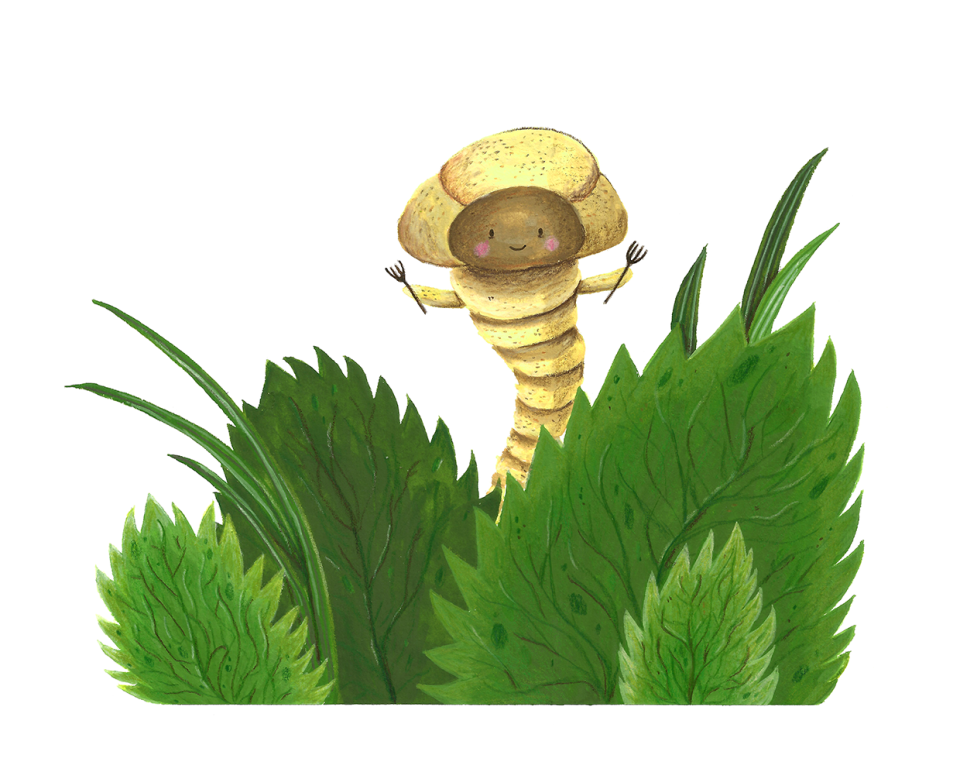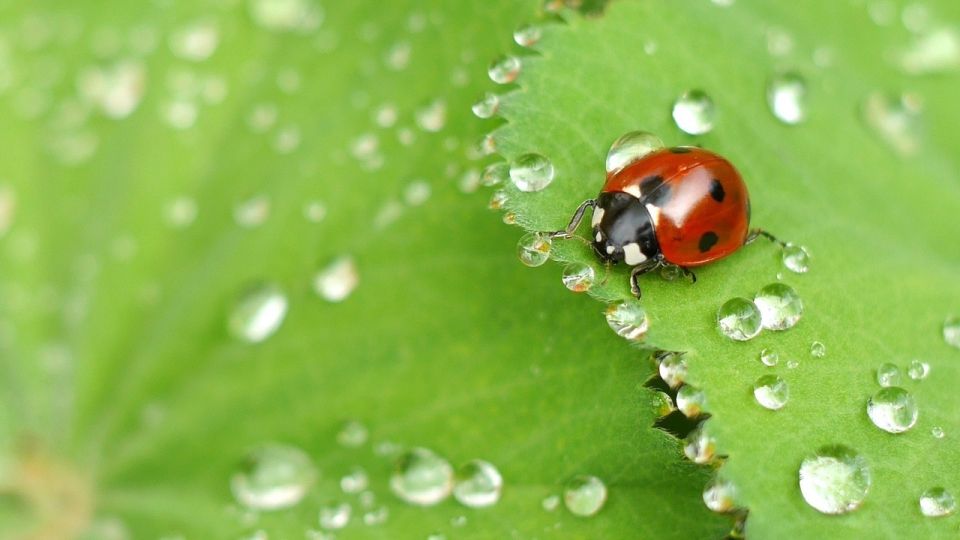Bug love

Recent studies from around the world has shown that over 40% of insect species are at risk of extinction, and a third are endangered. It’s time we give them some real love.
Insects are everywhere, and sometimes in places humans would prefer them not to be. Like spiders in the shower, ants on your doorstep or caterpillars on your garden plants. While they often get a bad rep (just thinking of spiders in the shower is enough to make many of us wince), it’s worth remembering just how important for our ecosystem they really are. The fact that they’re disappearing should frighten us all - and turn us into #buglovers ASAP.
The Guardian recently reported on new data that shows insect life in decline all over the world. No one factor is to blame entirely, but four main drivers are linked to the declines: habitat loss, pollution, diseases and non-native species, and climate change. Prof Anne Sverdrup-Thygeson, at the Norwegian University of Life Sciences told The Guardian:
Insects are the glue in nature and there is no doubt that both the [numbers] and diversity of insects are declining. At some stage the whole fabric unravels and then we will really see the consequences. The first stage is to get people to appreciate these little creatures.
Prof Anne Sverdrup-Thygeson
Insects play a critical role in our complex natural world, which sustains all life on planet earth. Best known are the pollinators, which humans depend on to keep food crops growing. However, many insects have important jobs on their hands, like the ants little-known role in seed dispersal for a number of plant species. Insects are also a link in a chain; many animals eat insects as their primary food source, and would struggle if they were to disappear.
In our Edible Playgrounds we make sure to take good care of the bugs in the vegetable gardens. Here’s our top tips on how you can make your garden more bug-friendly:

- Make a simple water source using a saucer and some rocks. Ensure it's topped up, particularly on hot days. Most beneficial insects have wings and will fly off in search of water if they don't have any.
- Diversity attracts diversity - include diverse plants around the garden to attract insects.
- Go native - plant natives to attract local bugs.
- Make a bug hotel
- Leave part of the lawn to grow wild: this will allow native wildflowers to grow, attracting butterflies and bees. The long grass is also a haven for ground dwellers.
- Differentiate good bugs from bad bugs for garden. Do they eat the foliage or do they bring benefits to the space?
- The five best plant families for attracting insects are: 1. Aster ( chrysanthemums, dahlias, marigolds etc); 2. Carrot (caraway, carrot, celery, cumin, fennel, parsley, parsnip); 3. Legume ( green bean, lima bean, scarlet runner bean, chickpea, fenugreek); 4. Mustard (arugula, bok choy, broccoli, cabbage, cauliflower, kale, turnip, horseradish, rocket, watercress, wild radish); 5. Verbena (includes nearly 920 species).
- Broad spectrum pesticides get rid of good bugs as well as bad bugs. Use sparingly, if at all
- If you do have to use pesticides, try to choose one that targets the pest. And choose one that degrades fast, causing a shorter impact on the insect life cycle.
- Start from the ground up: keeping the garden mulched allows ground beetles and earthbound insects some cover. Mulch ensures the insects don't lose too much hydration.
- Leave a woodpile in a shady place: decaying wood is a haven for bugs. Natural is best - avoid painted / treated wood.
Long live the bugs! Feel free to send us more tips and tricks on Twitter by tagging us @treesforcities.
Donate to Trees for Cities and together we can help cities grow into greener, cleaner and healthier places for people to live and work worldwide.
Donate